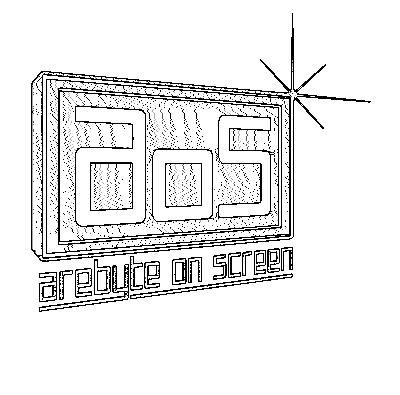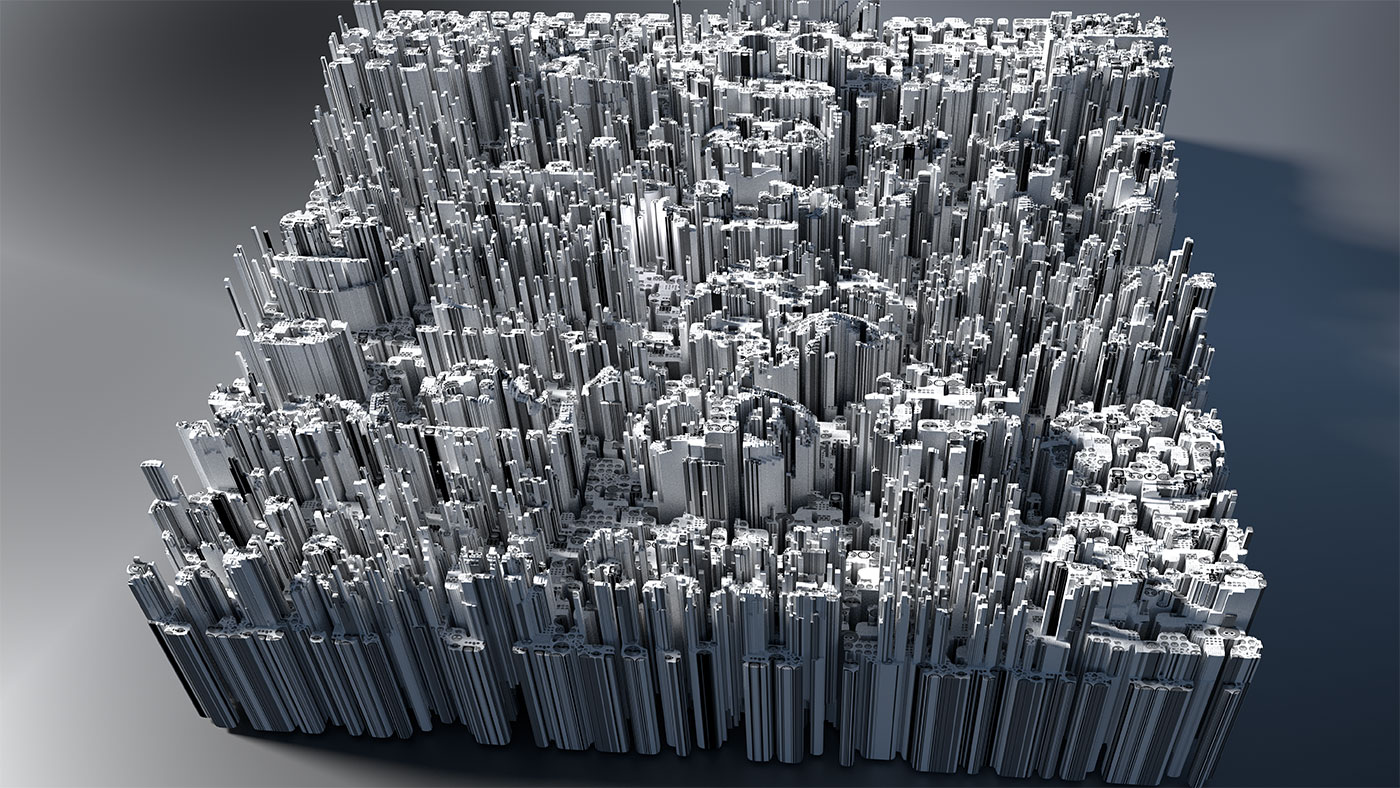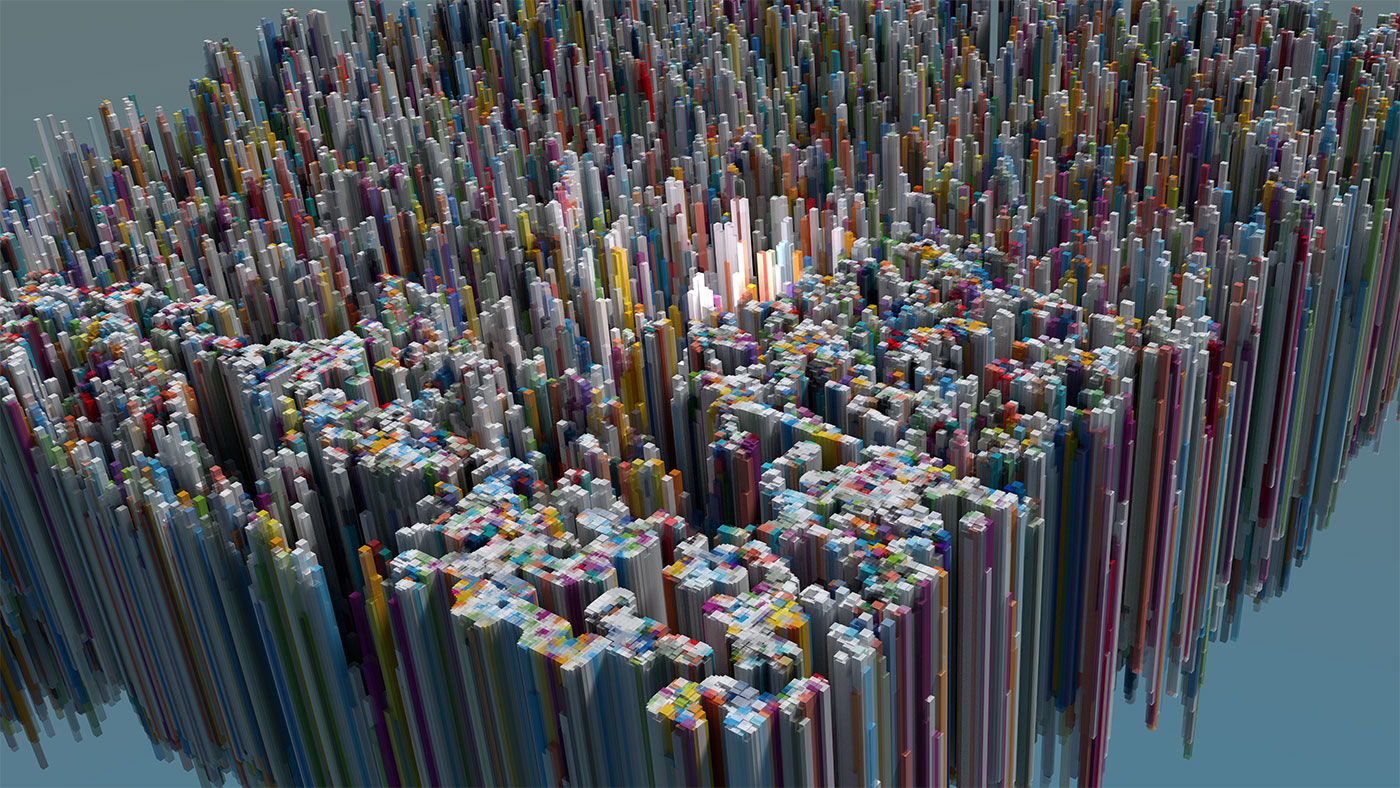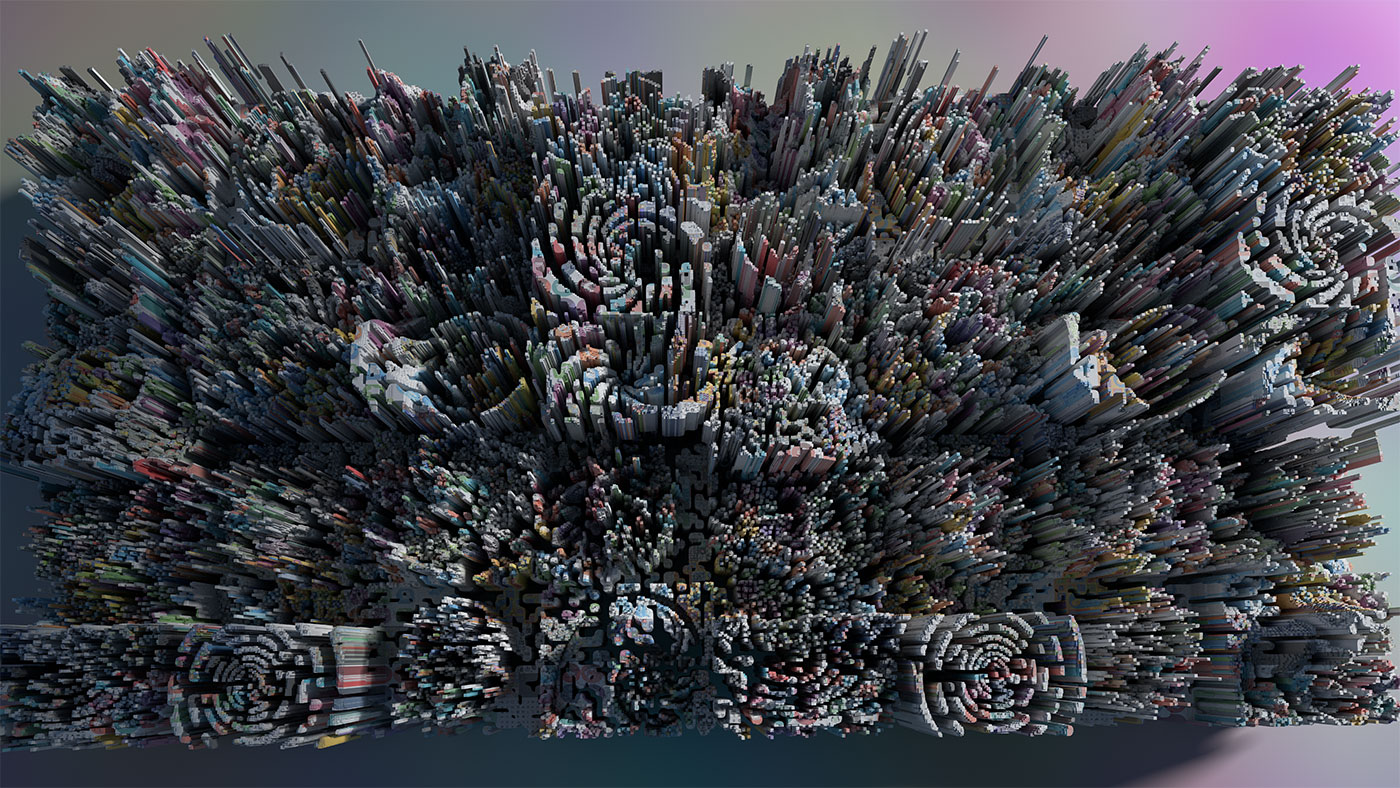The Art of No Likes, Phase 2
Scratch the Surface and I’ll follow you: Surveillance and Censorship at your Mercy
Phase 2 will consider the ways in which surveillance and censorship cut through acts of image-making, dissemination and digital communication. It will reflect on the possibilities of circumventing or disrupting the cold stare of unwanted witnesses, including systems of data-harvesting that are ingrained into the fabric of the digital infrastructures that we use. How are time-based media works in dialogue with these gazes, how may they hide, and how dextrous can they be as they move online? How can we undercut capitalist superstructures whilst employing their instruments? Phase 2 will explore how the ways that we curate and communicate are inflected with these uncertainties. Through the autonomy of digital excavation. A symbiosis of new labour and protest are dilated. These works offer a re-imagined ‘birds-eye view’ in response to the themes of observation and suppression.






![[zoom]-Data_scape-143-copy [zoom]-Data_scape-143-copy](https://aos.arebyte.com/contents/wp-content/uploads/2020/06/zoom-Data_scape-143-copy-800x800.jpg)
![[zoom]-Data_scape-141q [zoom]-Data_scape-141q](https://aos.arebyte.com/contents/wp-content/uploads/2020/06/zoom-Data_scape-141q-800x800.jpg)
![[zoom]-Data_scape-137bb [zoom]-Data_scape-137bb](https://aos.arebyte.com/contents/wp-content/uploads/2020/06/zoom-Data_scape-137bb-800x800.jpg)
![[zoom]-Data_scape--155 [zoom]-Data_scape--155](https://aos.arebyte.com/contents/wp-content/uploads/2020/06/zoom-Data_scape-155-800x800.jpg)
![[zoom] Data_scape-116 [zoom_3] [zoom] Data_scape-116 [zoom_3]](https://aos.arebyte.com/contents/wp-content/uploads/2020/06/zoom-Data_scape-116-zoom_3-800x788.jpg)
![[zoom] Data_scape-68-3 [zoom] Data_scape-68-3](https://aos.arebyte.com/contents/wp-content/uploads/2020/06/zoom-Data_scape-68-3-800x788.jpg)
![[zoom] Data_scape-47 [zoom] Data_scape-47](https://aos.arebyte.com/contents/wp-content/uploads/2020/06/zoom-Data_scape-47-800x788.jpg)
![[zoom] Data_scape-16-8 [zoom] Data_scape-16-8](https://aos.arebyte.com/contents/wp-content/uploads/2020/06/zoom-Data_scape-16-8-800x788.jpg)
